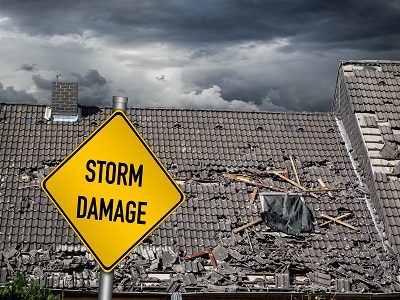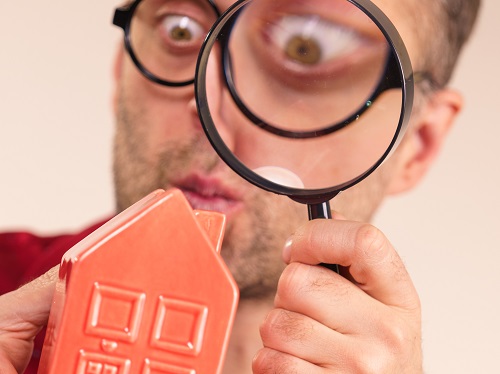
There’s a good chance that you have experienced some severe weather in your lifetime, no matter where you are located in the United States. Storms can cause damage to roofs and other exterior surfaces, including hailstorms, hurricanes, and hailstorms. With that said, roof storm damage is common and must be dealt with accordingly.
Types of Roof Storm Damage
Wind
Meteorologists classify hurricane-force winds as speeds of 74 mph and greater. Gale-force winds are between 39-54 miles per hour and can cause visible damage to your roof. High winds can cause shingle damage, causing the roof deck, underlayment, and waterproofing material to be exposed to the elements.
Even in less severe storms, wind gusts can cause shingles to be lifted and curled. When shingles are placed, they are intentionally overlapped to form a watertight seal. This lifting and curling could cause roof damage due to wind-driven rain.
Hail
Hailstorms are usually short-lived and last only 15 minutes. However, hailstones can cause damage to shingles granules. These granules protect your roof from sun and rain damage, getting them knocked off can cause problems. Your roof’s aesthetic appeal can be affected by hail damage.
Standing water
Poor drainage can cause standing water problems on roofs after heavy rainstorms, particularly in unlevel areas. Clogged gutters can cause rainwater to build up under your shingles. This allows water to seep into the roof deck or underlayment.
Debris
Dependent on the severity of the storm, debris could end up on your roof. This can include small branches and larger tree limbs. Large objects can damage or dent the shingle’s surface, making it vulnerable to moisture intrusion. However, lighter branches might not pose as much problem.
Get a Roof Inspection
To schedule an inspection with a professional roofing contractor and assist you in assessing the damage, contact them. Numerous roofing contractors will offer free inspections. They will be able to assess the roof for any damage.
Roof: Take a walk around your home and take note of storm damage. A view from one of the windows might allow you to see parts of your roof. You can take photos and keep a list of your notes. This could be useful later in insurance. You should document any visible signs of storm damage, including dented, torn, or curled shingles.
Gutters, Vents, & Windows: Inspect your gutters and roof accessories to make sure there are no dents. You should inspect your windows for cracks, broken glass, and loose weather stripping. Check the outside of your home for damage, such as missing fence posts or fallen tree limbs. Check for hail damage on flat surfaces like patios or decks.
Ceilings and Attic: Look out for water spots and leaks in these areas. Although your roof may appear unaffected from the outside, hail and wind can cause roof leaks that could lead to larger problems in the future. Water leaks and spots should be checked in ceilings, light fixtures, as well as your attic. To see into darkened areas, use a flashlight.
Has your roof been damaged by a storm? Don’t wait long to have it inspected. Call Greg Lilly Roofing & Restoration today to arrange a roof inspection.
Like our Facebook page for more great info about roofing services.
Greg Lilly Roofing & Restoration
4201 Carolina Exchange Drive Suite 202
Myrtle Beach, SC 29579
843-222-9796
https://www.greglillyroofingandrestoration.com


No comments:
Post a Comment